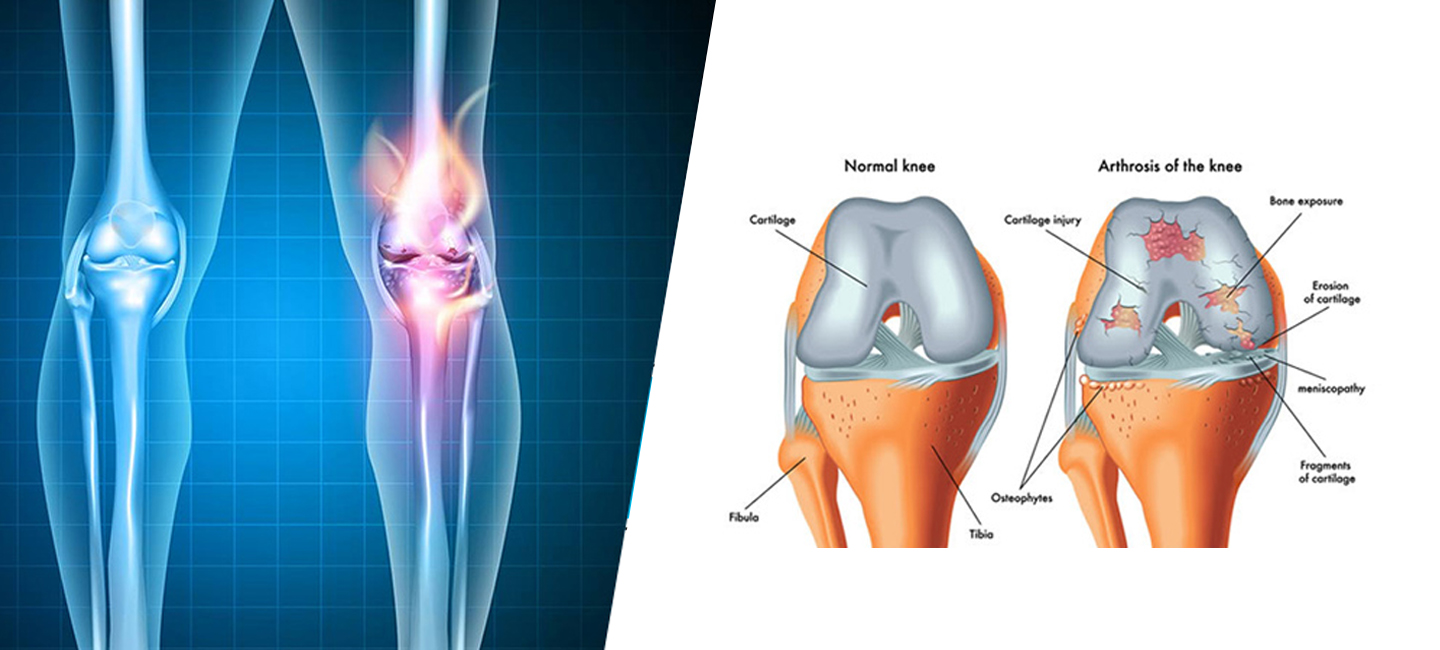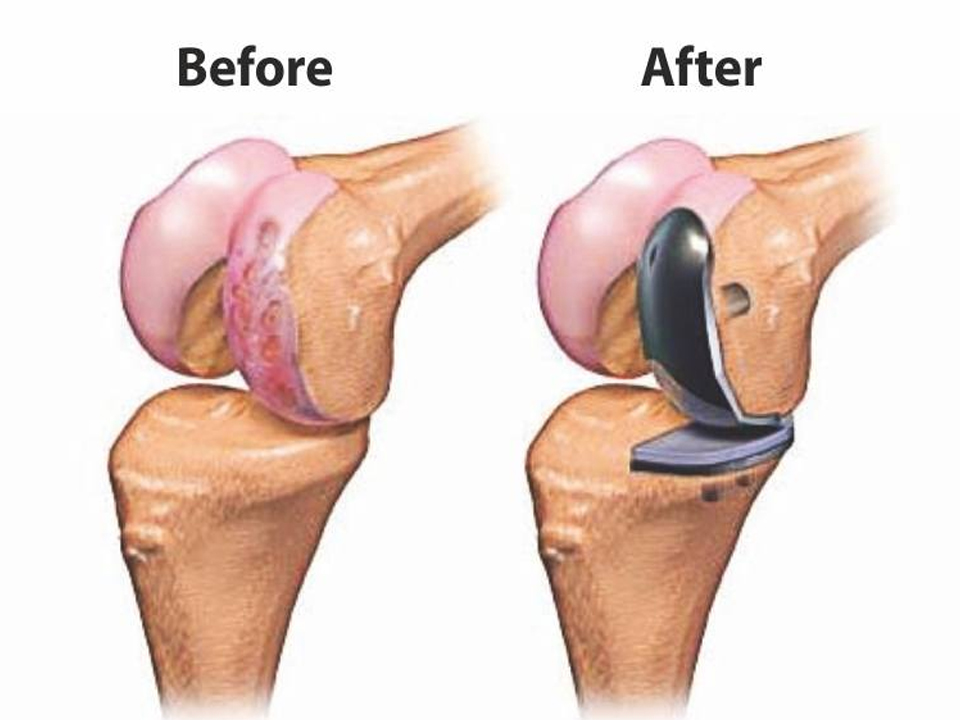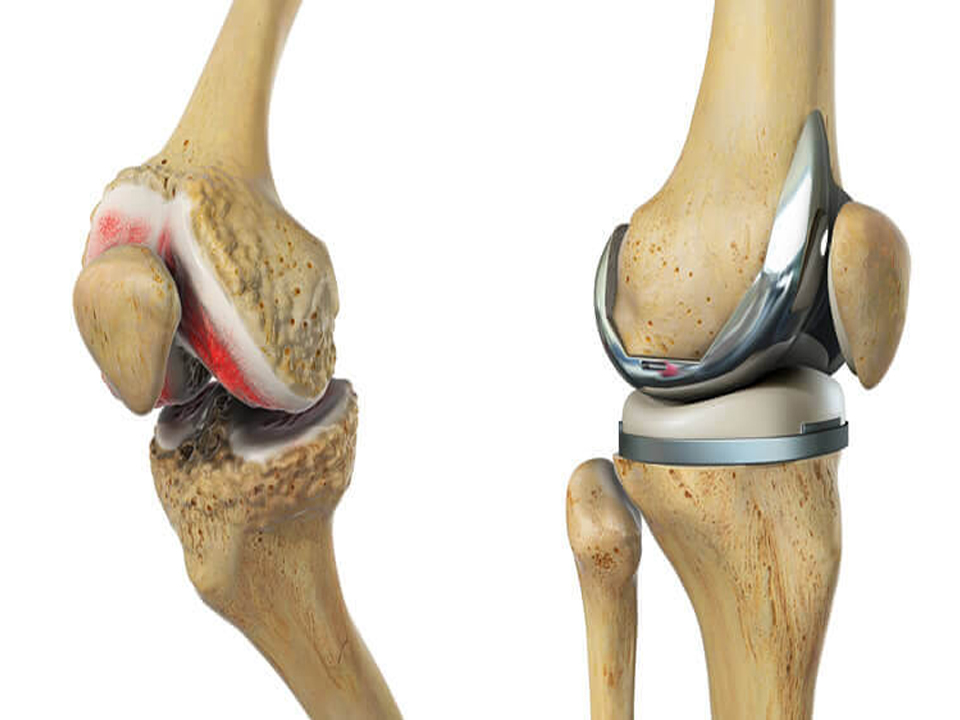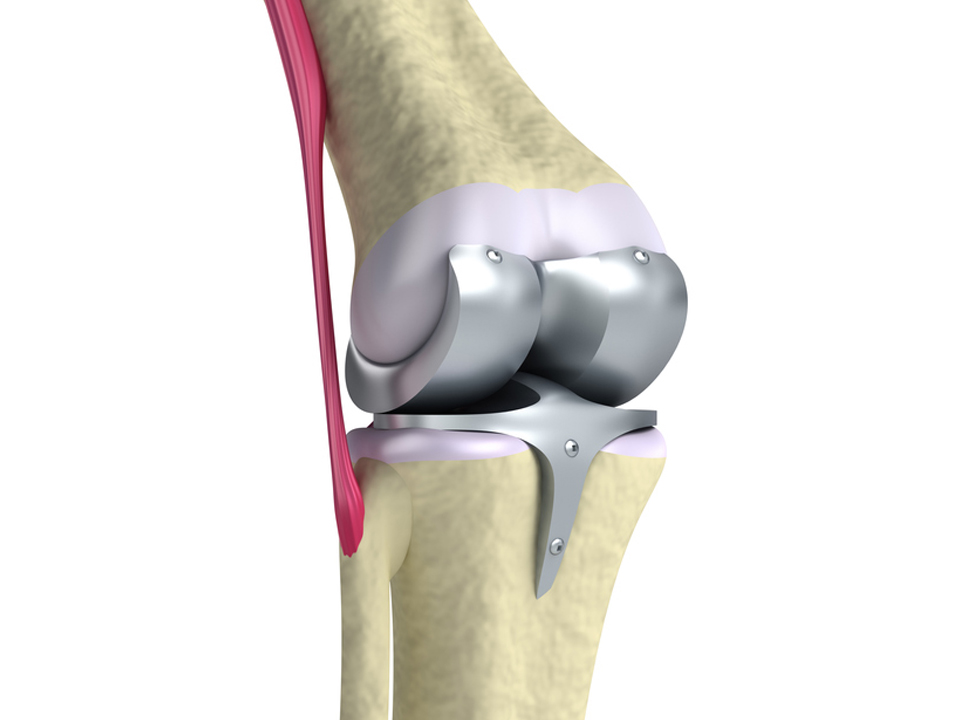Arthroscopy Surgery

Arthroscopy, also known as keyhole or arthroscopic surgery is a surgery that is performed on joint in which examination and treatment of damage is performed.
To carry out this surgery, orthopedic surgeons make a small incision on the skin and insert a pencil-sized structure, having lens at the top, inside the skin. This endoscope is used to illuminate and magnify the damaged area. Later, light is transmitted through fiber optics to the end of the arthroscopy that has just been inserted into the skin.
Such arthroscopy allows a person to see the magnified image of the joint, cartilage, ligaments, and kneecap. Using this, the surgeon can determine the type of injury and can proceed with the arthroscopic surgery accordingly.
Why is it necessary
Once the surgeon is done occupying thorough medical history, physical examination, X-Rays, MRI etc of the patient, anthroscope is required to make final diagnosis. Various diseases and injuries may attack joints, ligaments, or cartilages. The following conditions can be found during arthroscopic examination,
- Chronic or acute injury
- AN injury can be found of any of the joint like Shoulder, knee, wrist or other loose bodies of bones. Moreover, some other problems associated with arthritis can also be targeted using arthroscopic surgery. Inflammation
How it arthroscopic surgery performed
Although, arthroscopy is minimally invasive and requires lesser recovery time than open-surgery but still requires the use of general/spinal/local anesthesia, depending upon the magnitude of the problem.
One or many small incisions can be made on the skin to insert the anthroscope to see the parts of the joint. Once indicated, corrective surgery is performed with special instruments that are inserted into the joints. With development of better instrumentation, arthroscopy has come out to be not just a diagnosing tool but also an effective treatment tool for many injuries like meniscal tears in the knee etc.
Finally, the incisions are covered with a dressing and care instructions are given at the time of discharge. The sutures will be removed once the incisions have healed fully.
Possible risks
1. Infection
2. Blood clots of vein
3. Swelling or bleeding
4. Damage to blood vessels
Advantages
1. Extremely valuable and comparatively easier tool for orthopedic patients.
2. Arthroscopic surgery can also be chosen in outpatient setting and the patient can get back home within few hours of the surgery.
Recovery after the Arthroscopic surgery
Though the operative dressing is removed in a day’s time, but the small incision wounds take several days to heal. Furthermore, arthroscopy doesn’t really leave any excruciating pain in joints but it also takes several weeks to get back to normal. Special activity and rehabilitation programmes are suggested by surgeons to speed up the recovery.
Patients are found returning to their daily physical activities within a few days only. But, always remember that arthroscopy and joint problem is different for all and the recovery time would majorly depend upon that only.



